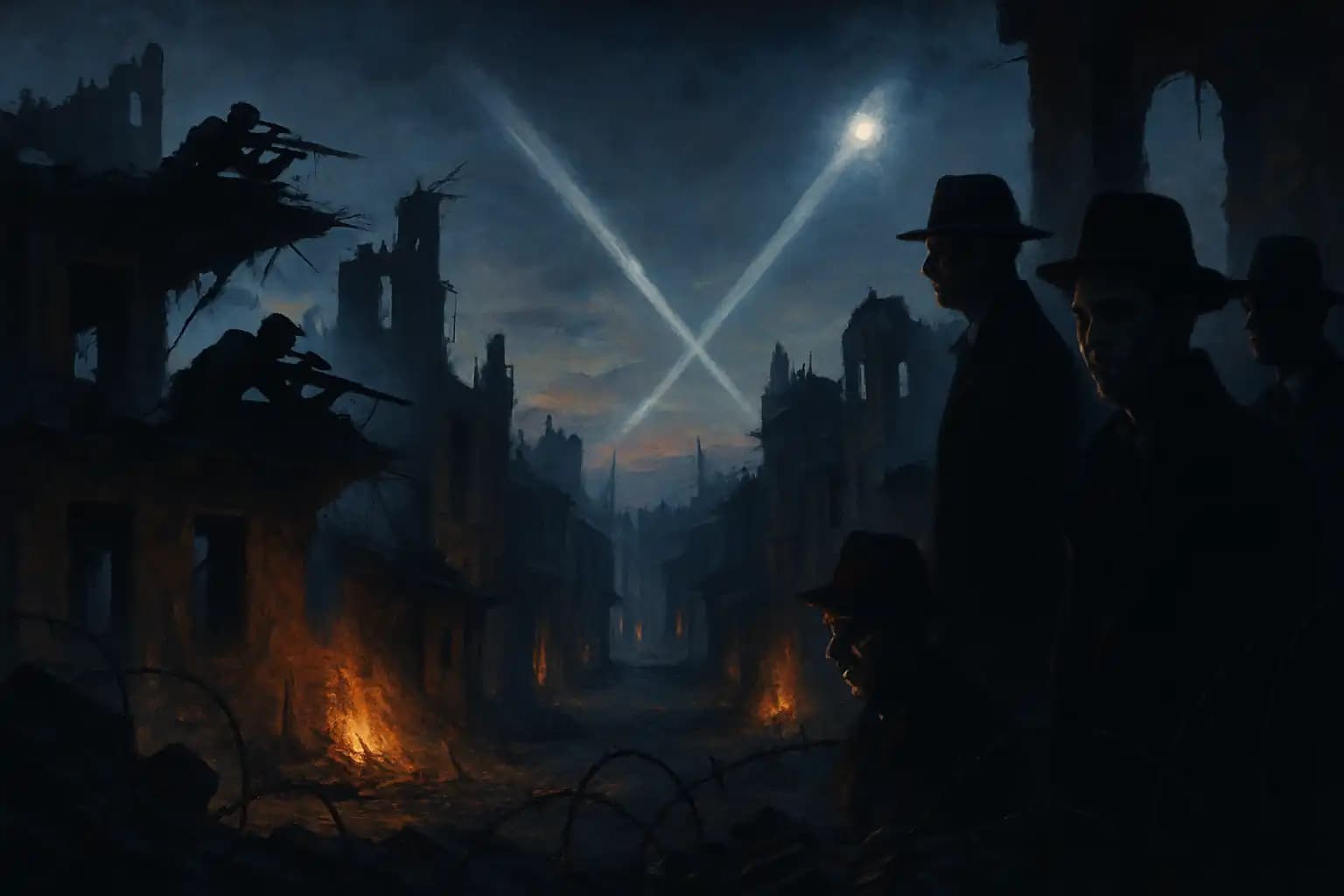The Bosnian War etched sorrow into Sarajevo’s history, and the aftermath left scars that may never heal. The infamous Sniper Alley represented horror, but grim rumors soon surfaced. Wealthy foreigners allegedly paid to hunt humans—a notion so monstrous it haunts survivors, journalists, and the global public. How much is rooted in fact, and how much stems from conflict-induced trauma and survivor guilt, magnified by an eager world?
Chilling accounts emerged after the war’s official end, as Wikipedia notes over 100,000 dead amidst chronicled genocide, mass rape, and ethnic cleansing. Into the power vacuum, rumors sprawled: international visitors, including the wealthy and morally questionable, paid for access to Sarajevo’s siege, leading to a so-called “human safari.” The new documentary The Human Hunters of Sarajevo presents testimonies aiming to distinguish fact from atrocity.
Sniper Alley, Survivor Testimony, and Persistent Rumors
For years, “sniper tourism” became Sarajevo’s open secret. Controversial films and shaken witnesses, including Mirsad Sijarić—director of the National Museum of Bosnia and Herzegovina and Sniper Alley survivor—describe a city where life turned into a perilous game of chance. Sijarić appears in True Crime Reports, providing a personal account of the terror of arbitrary killings and the struggle to recount Sarajevo’s history without abandoning authenticity.
Initially whispered amid a fraying society, the rumors painted a grotesque picture of “safaris” for select foreign clients. Documentary evidence, including recent witness accounts and interviews with former intelligence officers, lend grim credence to these claims. Critics, including some Bosnian Serb veterans, vehemently reject this narrative as cruel propaganda or myth-making. What remains undisputed is the trauma of Sniper Alley, a stage for authentic horror and the world’s darker projections.
War, Wealth, and the Rise of the Human Safari Legend
The “human safari” myth did not arise in isolation. The Bosnian War provided fertile ground for urban legends, as desperation fueled exploitation by local and foreign actors. Journalists like Azem Kurtić reported the chaotic swirl of post-war confusion, black market activities, and a foreign presence throughout the besieged capital. Speculation blossomed that some outsiders pursued more than humanitarian missions or journalistic fame.
Balkan media turned the story into a national fixation—examined in works like “Sarajevo Safari” and analyzed as an extension of the “monster outside” myth by psychologists. Interactive exhibitions and podcasts like these accounts perpetuate the debate, intertwining survivor testimony, rumor, and cultural memory in the court of public opinion.
The Psychology of Atrocity: Trauma, Truth, and Urban Panics
The harsh realities of the Balkan wars left Bosnia with collective trauma unmatched by few regions globally. Psychological studies and post-conflict horror narratives show societies recovering from systemic violence are especially vulnerable to urban myths—stories amplifying collective fear while rationalizing unthinkable actions.
Sarajevo’s “hunting” legend functions as both a warning and relief for survivor guilt, even as robust documentation proves elusive. Some international observers draw parallels to dark events elsewhere—like possibly unacknowledged actions lurking beneath official histories—while others view it as an allegory for war’s predations. When law and order collapse, the unthinkable walks in daylight, sometimes disguised as a tourist.
Fact, Speculation, and the Limits of What We Can Know
More than a quarter-century after the guns fell silent in Sarajevo, institutions and exposés still explore whether these narratives hold truth, self-protective myth, or a mixture of both. Like pop culture’s eerie predictions or fears of global chaos, the human safari legend persists because it taps into our primal fear that civilization’s facades are merely skin deep.
If answers remain murky, questions persist: Who would commodify that level of suffering—and who decides which stories are real? For relentless exploration amidst darkness, few rival Unexplained.co—because not every mystery should stay buried, and not every legend can be easily dismissed.





